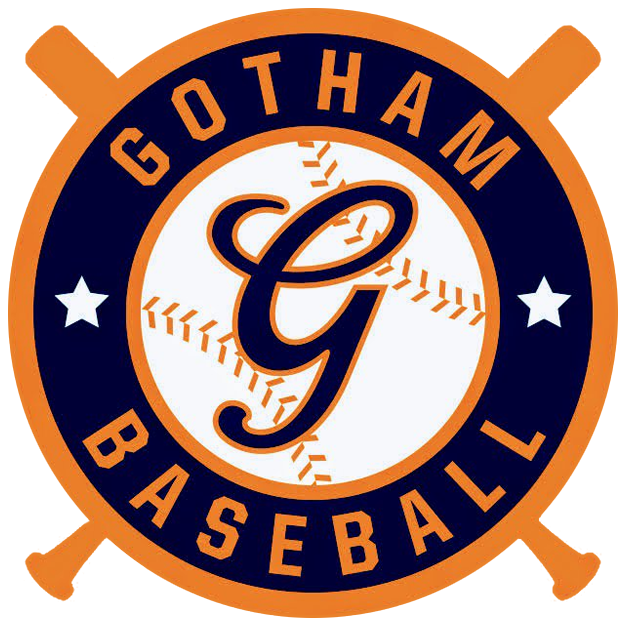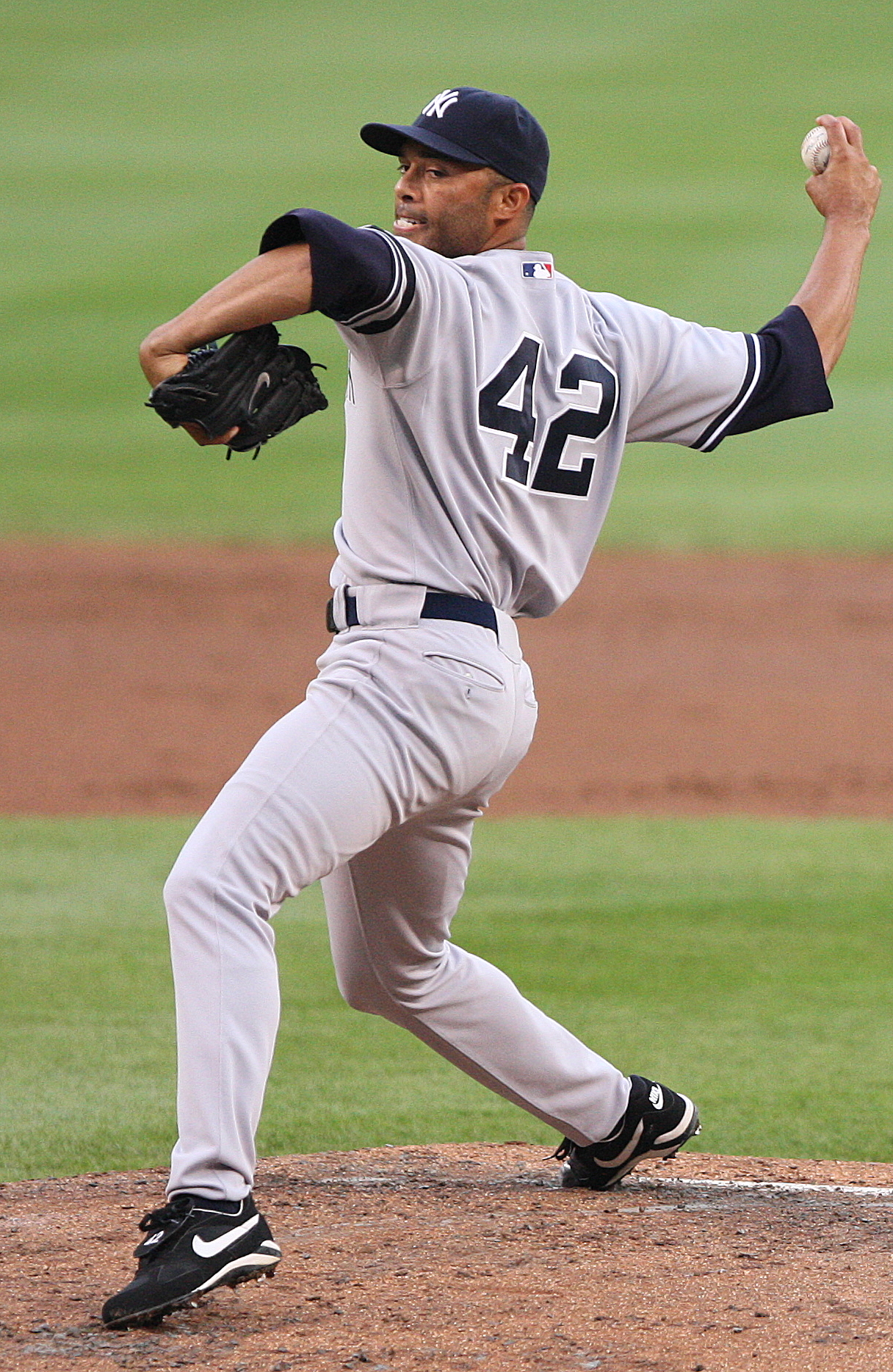It didn’t seem likely at the time, but the opening game of the 2011 season for both the Yankees and Tigers at Yankee Stadium on March 31st was indeed a preview of the American League Division Series. On that March day, C.C. Sabathia and Justin Verlander matched up in an eventual Yankees’ 6-3 win. Neither pitcher figured in the decision and the Yankees may actually send up the same nine players to face Verlander in game one Friday night at Yankee Stadium. The Tigers have added some pieces along the way to make a somewhat surprising run to the American League Central crown.
Both teams head into the playoffs relatively healthy and have received the benefit from clinching their playoff berth early. The Tigers finished September with a 20-6 record, their best month of the season. Part of that was their competition as they haven’t faced a team with a winning record since August 25th, their last game against the Tampa Rays. The other part is the fact that the Tigers were battling for the second seed in the playoffs, ultimately falling short against the defending American League Champion Texas Rangers on the last day of the season. Meanwhile, the Yankees finished with a 16-12 September record, losing their final final four games of the season. But, the Yankees infamously decided to rest their veteran players for the post season. Now, the Yankees will try to turn it back on while the Tigers will merely try to keep the ball rolling.
Statistically, the two teams are quite similar with their pitching staffs. While the Tigers may have a bit more stability after Justin Verlander in the rotation, the Yankees have matched the Tigers during the regular season in a tougher division and in a tougher home environment. The Tigers’ rotation finished the season with a 72-47 record with a 4.10 ERA, a 3.94 FIP, and a 3.91 xFIP. In 991 innings, they’ve allowed 999 hits, struck out 6.51 batters per nine innings, 2.49 BB/9, and 1.00 HR/9. They’ve induced a groundball rate of 45.2 percent.
Yankees starters had a 71-45 record with a 4.03 ERA, a 3.97 FIP, and a 3.84 xFIP. In 979.1 innings, they’ve allowed 996 hits, struck out 7.09 batters nine innings, 2.88 BB/9, and a 1.01 HR/9. They’ve induced a groundball rate of 45 percent.
Tigers’ relievers won 23 games against 20 losses in 449 innings. They have allowed 401 hits, while averaging 7.98 K/9, 4.37 BB/9, 0.78 HR/9, with a 3.93 ERA, 3.98 FIP, and a 4.21 xFIP. Meanwhile, the Yankees relievers won 26 games against 20 losses in 479 innings. They have allowed 427 hits, while averaging 8.46 K/9, 3.65 BB/9, 0.79 HR/9, with a 3.12 ERA, 3.65 FIP, and a 3.83 xFIP.
Despite the perception, both clubs have pitched essentially the same. Offensively, the Yankees may have a slight advantage. Yankees batters hit .263/.343/.444 with 222 homeruns and 867 runs scored. They’ve produced a 9.9% walk rate, 18% strikeout rate, .181 ISO, .346 wOBA, and 113 wRC+. The Tigers have hit .277/.340/.434 with 169 homeruns, 787 runs scored. Tigers’ batters have produced a 8.4% walk rate, 18.3% strikeout rate, .157 ISO, .336 wOBA, and 109 wRC+. Taking into account the ballpark factors, the offenses similar with the exception of the Yankees stealing 98 more bases than the Tigers.
The Tigers may enter the series as a slight underdog, but they do have the two best players in the series. Justin Verlander and Miguel Cabrera are the best pitcher and hitter on the field. But, the Yankees dwarf the Tigers in terms of lineup depth, patience, and attack variety. The Tigers have more name-brand depth in the rotation while the Yankees relievers have been more stable, strikeout more batters, and have Mariano Rivera to close out games. The latter is a clear advantage no matter the opposition’s closer.
Although Jim Leyland and Joe Girardi appear to be polar opposites on the bench, both have proved to be aggressive in the playoffs and quick with the relief hook. Girardi is always seen with his customary binder while Leyland is perceived more as the throwback, old school type of Manager. But, both Managers play the match up game and like to push things on the base paths. While the Tigers are not a fast team, Leyland will put runners in motion and try to sneak in a run at times. Both have presided over World Series winning teams and both have the ability to impact the game.
Keys to the Series
Can C.C. Match Verlander?
It would be shocking if Justin Verlander didn’t win the Cy Young Award. The 28 year old ace posted a 24-5 record with a 2.48 ERA in 32 starts. In 251 innings, he allowed just 174 hits, 57 walks, and struck out 250 batters. He has been the league’s best all-around pitcher this season. But, he struggled against three teams, all in the American League East. The Orioles (15 innings, 8 runs), the Rays (13 innings, 7 runs), and the Yankees (12 innings, 6 runs) are the only three teams to average more than 2.92 runs a game against the Tigers’ ace. But, regular season statistics can only go so far. Verlander has progressed from good pitcher to one of the handful of legitimate aces in the league. He will be difficult to beat even once and he will loom large in a decisive game five start as Jim Leyland has stated that he won’t use his ace on short rest no matter the circumstances.
In order for the Yankees to win, they will need their ace to match Verlander. Sabathia’s statistics don’t compare to Verlander’s, but he has been one of the best pitchers in the game against the toughest competition. The southpaw won 19 games and posted a 3.00 ERA in 237 innings while allowing 230 hits, 61 walks, and striking out 237 batters. The Tigers touched him up a bit during their two games as Sabathia allowed 16 hits and 7 runs in 13 innings. He walked 5, but did strike out 13 hitters. Sabathia will have to pitch more like the playoff dominator that he was in 2009 when he allowed just 3 runs in 22.2 innings during the first two rounds rather than the one whose career post season ERA is 4.66 in 13 starts.
Will the best player on the field be the best player in the series?
Take Miguel Cabrera out of the Tigers’ lineup and they likely don’t make the playoffs, or at least run away from the Indians like they did, as he was the only player on the roster to score over 100 runs, hit 30 homeruns, walk more than 56 times, get on base over 40 percent of the time, and slug over .505. If Cabrera wasn’t in the lineup, the Tigers would have a collection of some very good hitters (Victor Martinez, Alex Avila), but not a group that could hit with the Yankees. Miguel Cabrera has to be every bit the 1.033 OPS hitting force that he was during the regular season. If not, the Yankees duo of Curtis Granderson and Robinson Cano will be too much, especially when considering that their supporting cast is much more dangerous and patient. Cabrera hasn’t been to the post season since his rookie year of 2003 with the Marlins and will have to produce to his regular season norm.
Perhaps the most underrated all-time great hitter, Cabrera has torched the Yankees this season to the tune of .417/.467/.750 with 2 homeruns in 24 at bats. If Cabrera has one of those elite level series, the Yankees will have a difficult time overcoming that.
Will the real Doug Fister Stand Up?
Since coming to the Tigers, Doug Fister has been one of the best pitchers in the American League. In 10 starts, Fister won 8 of 9 decisions with a 1.79 ERA. Even more impressively, Fister allowed just 6.9 H/9 and averaged a career best 7.3 K/9. Although he lost his only start against the Yankees, he did pitch generally well, giving up 7 hits in 7 innings, but allowing just 3 runs, 1 walk, and striking out 5.
Fister is on a roll and may have evolved into a reliable second starter. But, his periphery statistics don’t spell out “sure thing” as Fister is the exact opposite of a strikeout pitcher. Before being traded to the Tigers, Fister was averaging just 5.5 K/9, which is also his career average. He also was average close to 9 hits per nine innings, while minimizing the impact with his impeccable control.
Fister’s work with the Tigers has been incredible. But, much of it is a result from an extraordinary September where he averaged 9.00 K/9 and allowed just 15 hits in 34 innings with a 0.53 ERA. His .159 BABIP may explain some of the statistics, but the increase in strikeouts is something to watch. If Fister has discovered the strikeout, his control will make it tough for the patient Yankees. If, however, he reverts back to being the 5.5 K/9 pitcher he’s been for his career, the Yankees lineup is too patient and makes too much contact for him to be effective. Fister’s performance goes a long way in deciding if the Tigers have a rotation advantage.
After C.C., then What?
The story all season has been what the Yankees would do about their lack of rotation depth. The answer turned out to be nothing as Ivan Nova became a Rookie of the Year candidate and both Bartolo Colon and Freddy Garcia were able to give the Yankees better than league average results. A.J. Burnett had his typical topsy turvy season, but he did give 190 innings. The Tigers, at least on paper, have a better 2-4 rotation. The Yankees already have stated that they’ll use a 3 man rotation for round one with Sabathia pitching game 4 on short rest and Nova presumably getting the game 5 start on regular rest.
The Yankees got through the regular season with that rotation, but it is not a playoff ready rotation in that there aren’t a ton of strikeouts to be had. The Yankees will try to mask this problem with a deep bullpen. Phil Hughes will try to replicate his 2009 bullpen success as he slides into the pen, making a game potentially a 5 to 6 inning affair for the Yankees’ starters. With Hughes now leading into Rafael Soriano, David Robertson, and Mariano Rivera, the Yankees will try to just piece enough from their third starter and allow the bullpen to work. All of that assumes that Ivan Nova will handle his first post season work like he has during his rookie season. The Yankees’ rotation is clearly a question mark and could be reason for their downfall. Joe Girardi will have a quick hook and rely on his stellar bullpen.
Can Alex Rodriguez be a factor?
Alex Rodriguez played in just 99 games this season. He played in just 15 September games after appearing just 4 times in August. In 373 at bats, Rodriguez did hit .276/.362/.461 with 21 doubles, 16 homeruns, and 62 RBI. He still has noticeable trouble running the bases and his range at third base is very limited. He no longer is the best hitter in the lineup and he doesn’t have to be. But, if he can stay healthy enough to be a power threat over the course of the series, it just further separates the Yankees’ power advantage. The Yankees have been real cautious with Rodriguez this season with the playoffs in mind. If their plan worked, the Yankees lineup just got deeper.
Can Nick Swisher shake the playoff troubles?
Nick Swisher isn’t one of the core members of the Yankees’ lineup, but his role in the lineup is important as he is one of their most patient hitters and is an 800+ OPS player in the bottom half of the lineup. But, Swisher is just a career .162/.302/.314 hitter in 8 playoff series. He hit well in last season’s division series (4 for 12), but has failed to hit over .150 in any other playoff series as a Yankee. Of course, the sample size is small, but perception does lead to lineup changes. Swisher will be given every opportunity to hit, but if the Yankees find themselves short on offense in the series, he will be one of the first changes if he gets off to a slow start.
Can Austin Jackson get on base enough?
Austin Jackson is one of the more exciting players in the game with his combination of speed, power, and defense. But, he hit just .249/.317/.374 this season with 181 strikeouts. He regressed during his sophomore season and the all of those potential pitfalls seen from his rookie year came to fruition this season. The Yankees kept Jackson off the base paths during the regular season, but if Jackson can get on base enough to use his speed, the Tigers will have their one speed option to work with. If Jackson, can’t get on base, the Tigers become a station to station type team.
Can Alex Avila stop the Yankees’ running game?
Alex Avila won’t win the MVP Award, but he should get some votes as the 24 year old catcher became the second most important player in the Tigers’ lineup. He’ll need to hit, but his more important role will be to limit the Yankees’ running attack of Brett Gardner, Curtis Granderson, Derek Jeter, and Eduardo Nunez. The Yankees were third in the League with 147 stolen bases while also leading in homeruns. Avila threw out 32 percent of all would-be base stealers (40 of 85) and will need to limit the Yankees running attack.
Prediction that means nothing
The series that may be the most competitive of the four series will be tightly contested. Given the Yankees’ bullpen advantage and lineup depth, they’ll be able to overcome the Tigers advantage of having the two best players on the field. Yankees in 5.


